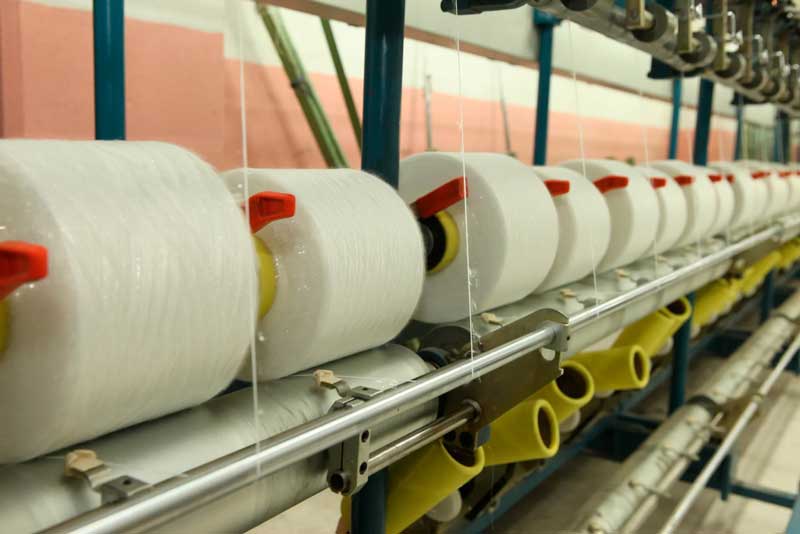
Growing the textiles sector
The textile industry needs to go for product and market diversification. The industry can learn from technology companies like Amazon about how to successfully adopt growth steps and plan for long-term, says Dr Seshadri Ramkumar
October 25, 2024
Need to create demand and mid- to long-term planning are the priorities for the global textile industry.
The New York Cotton Futures in the low 70 cents range for December delivery indicate the issues with the demand. With inflation coming down, a demand uptick is expected in the later part of the fourth quarter. Getting into panic mode and finding solutions to counter such problems with short term approach will not serve the industry well, while problem solving in a timely manner is important.
Industry associations all over the world are making clarion calls for supportive policies from their respective governments to grow the sector, as it has positive economic ripple effects in terms of trade and employment.
A short-term planning which just looks at ways and means to boost demand, while not having long-term vision and plans will come to hurt the industry.
Recently, a two-day event, “intexcon 2024,” was organized in Ahmedabad, India by Diagonal Consulting (India) and ATIRA with the support of Ministry of Textiles, Government of India. American Association of Textile Chemists and Colorists supported the event and INDA served as a knowledge partner.
About 230 participants from industry, research organizations, government, and academia interacted and discussed the new developments and the needs for the sector.
I was privileged to be asked to deliver an inaugural speech at the start of the event in the presence of Chief Guest, Rajeev Saxena, Joint Secretary of Ministry of Textiles, India who spoke about the policies of India to grow the advanced textiles sector.
My address focused on how to plan for the growth, “Platform for Opportunity and Growth”. Borrowing the growth model of Amazon, which focused on long-term growth, I argued for mid- to long-term planning to avoid frequent crises our industry faces.
Planning should involve: 1) Expansion; 2) Improvement; 3) Innovation, and 4) Diversification.
Expansion should not be just vertical by adding capacity, it should be horizontal. In the case of India, the industry should enhance its product offerings as well as expand its markets beyond the United States and Europe. There are opportunities in Africa and South America and must be explored.
Innovation is key for growth and the textile sector needs to enhance its financial commitment towards research and development. Overall, in countries like India, the government provides a heavy lift for research.
Improvement should be focused on productivity enhancement, quality, timely delivery, and cost reduction. This will help advanced and emerging nations to compete with low-wage nations. A case in point is the concerted effort by the United States’ cotton sector to avoid plastic contamination and improve traceability. Even in developed economies like the United States, push to revive manufacturing is happening as it can provide millions of jobs.
The textile industry needs to go for product and market diversification. In this aspect, advanced textiles and affordable sustainability, applications in health care, lifestyle enhancement, and environmental protection are avenues that will yield positive results.
In my view, technology companies like Amazon have been successful by adopting the above growth steps and planning for long-term.
It is reported that when Amazon went public in 1997, Jeff Bezos in a letter to shareholders emphasized the importance of long-term investing and the story is Amazon is now a global giant taking care of its customers, shareholders, and employees. From its start as a bookstore, its focus on speedy delivery with Amazon Prime to its current efforts in cloud computing provides the textile sector with clues to grow by adopting a plan which involves expansion to diversification.
There needs to be a global platform for the textile industry to come together (either physically or virtually) and plan for immediate needs while not neglecting mid-to long term planning.
About the author:
Dr Seshadri Ramkumar is a Professor, Nonwovens & Advanced Materials Laboratory in Texas Tech University, Lubbock, TX, USA.
* Dr Seshadri Ramkumar’s lecture, “Textile Industry: A Platform for Opportunity and Growth,” is available at:




